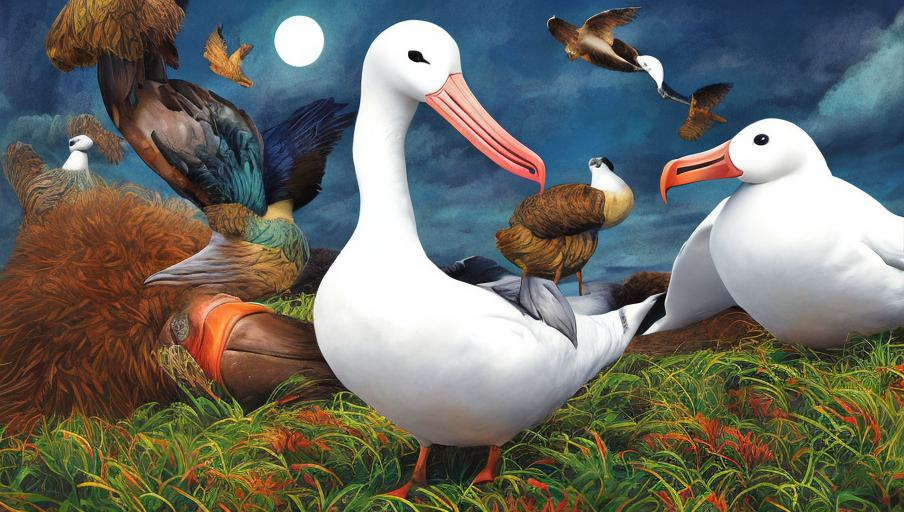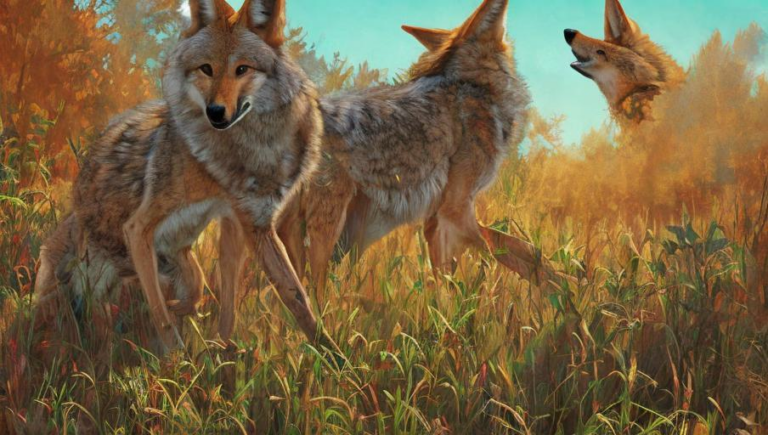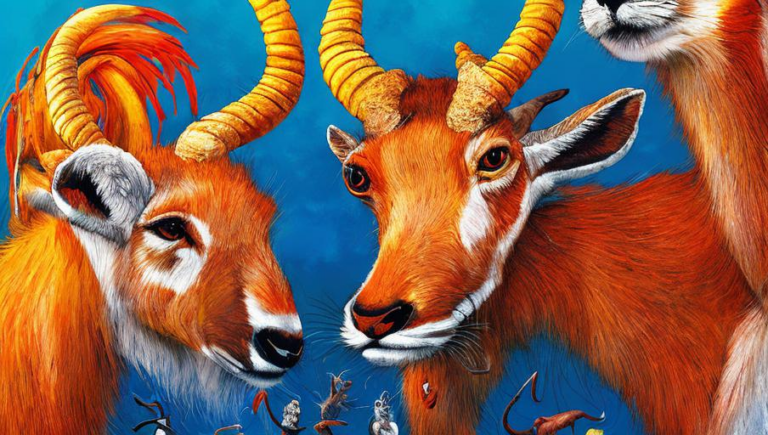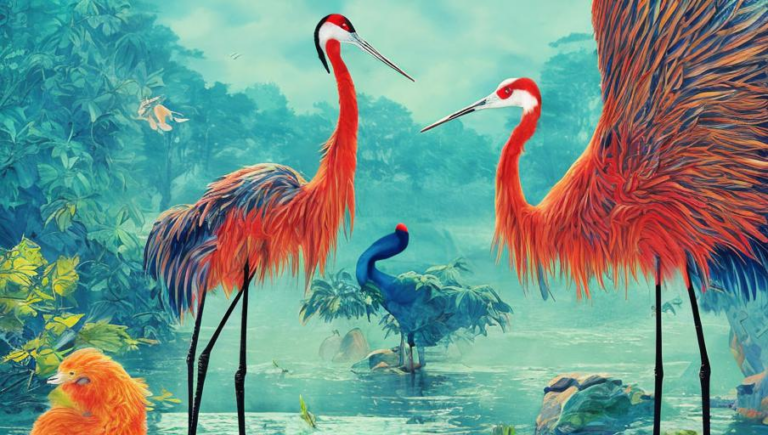Majestic Mates: The Albatross’s Mating Habits

Introduction
Albatrosses are large seabirds known for their majestic wingspan and their remarkable ability to fly vast distances across the ocean. They are a symbol of endurance and strength and are revered by sailors and bird-watchers alike. Albatrosses have an interesting mating habit that further solidifies their place in nature.
Courtship Rituals
As with many other bird species, albatrosses have a courtship ritual in order to attract a mate. The male albatross will typically perform a series of intricate displays, including head bobbing, bill clicking, and flapping of their wings. The female will then reciprocate by doing her own displays, and if the male is satisfied, they will both bow to each other and then mate.
Nesting Habits
Albatrosses usually nest in large colonies on remote islands, where they can stay relatively safe from predators. The female will lay one egg each breeding season, which is usually in the spring or summer. Both parents share the responsibility of incubating the egg, and they will take turns sitting on the egg for up to two months until it hatches.
Mating for Life
Albatrosses mate for life, and once a pair has established a strong bond, they will remain together for many years. The male and female albatrosses will also assist each other in raising their young. The parents will jointly feed and protect their offspring until it is ready to leave the nest.
Adapting to Changes
Albatrosses are very adaptable creatures and able to adjust to changing conditions such as climate change and prey availability. They have been observed modifying their behavior in order to adjust to their environment, such as changing their diet or mating pairs in order to optimize their chances of survival.
Conclusion
Albatrosses are truly remarkable creatures and their mating habits are just one of the many things that make them fascinating. Their adaptability and strong bonds make them a symbol of perseverance and endurance, and they are an important part of the marine environment.





